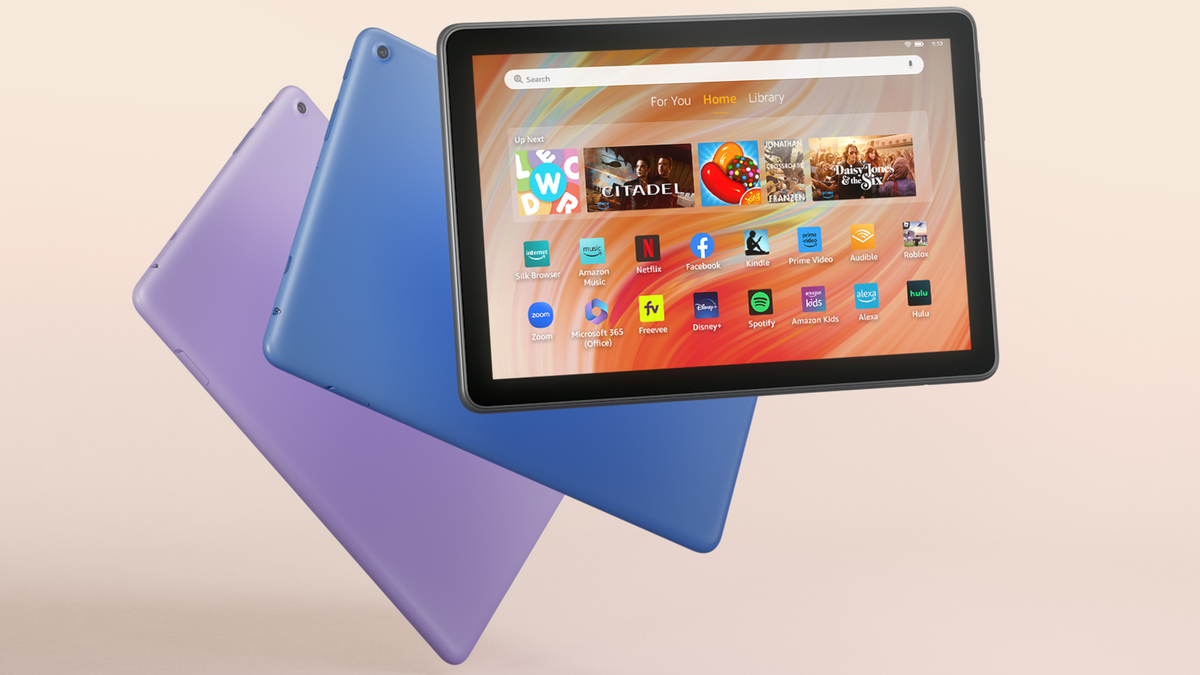
Amazon fans know that since launching Fire tablets in 2011, Amazon has relied on a heavily modified version of Android, presenting it as a unique operating system with its own app store. That decision created long-running challenges: developers had to build separate versions of their apps, limiting variety, and customers lacked access to the latest Android features and popular services.
The tablets found an audience as cheap entry points to Amazon’s books, video, and music, but failed to win over users who wanted more power.
The move to Android signals a philosophical change for Amazon, which has historically avoided outside platforms.
Consumers have always expressed a concern about not having access to the latest Android versions, not having access to some of their apps because Amazon used their own store. It’s meant more work for developers in this day and age of largely free apps or services.
– Jitesh Ubrani, a researcher at IT advisory firm IDC, August 2025
Amazon remains the world’s fourth-largest tablet seller, with 8% market share, trailing Lenovo at 8.2% and far behind Apple and Samsung, which dominate with 33.1% and 18.7%, respectively. To compete more directly, Amazon is reportedly planning a premium model with a possible $400 price tag (nearly double its current flagship Fire Max 11 at $230), similar to Apple’s entry-level iPad at $350. Exact specifications remain under wraps.The Android-based Fire tablet would use the open-source version of Android, allowing Amazon to customize it without Google’s direct involvement. Meanwhile, the company plans to keep offering lower-priced models powered by its Vega operating system.
#worlds #fourthlargest #tablet #merchant #finally #install #Android #slate #wait
